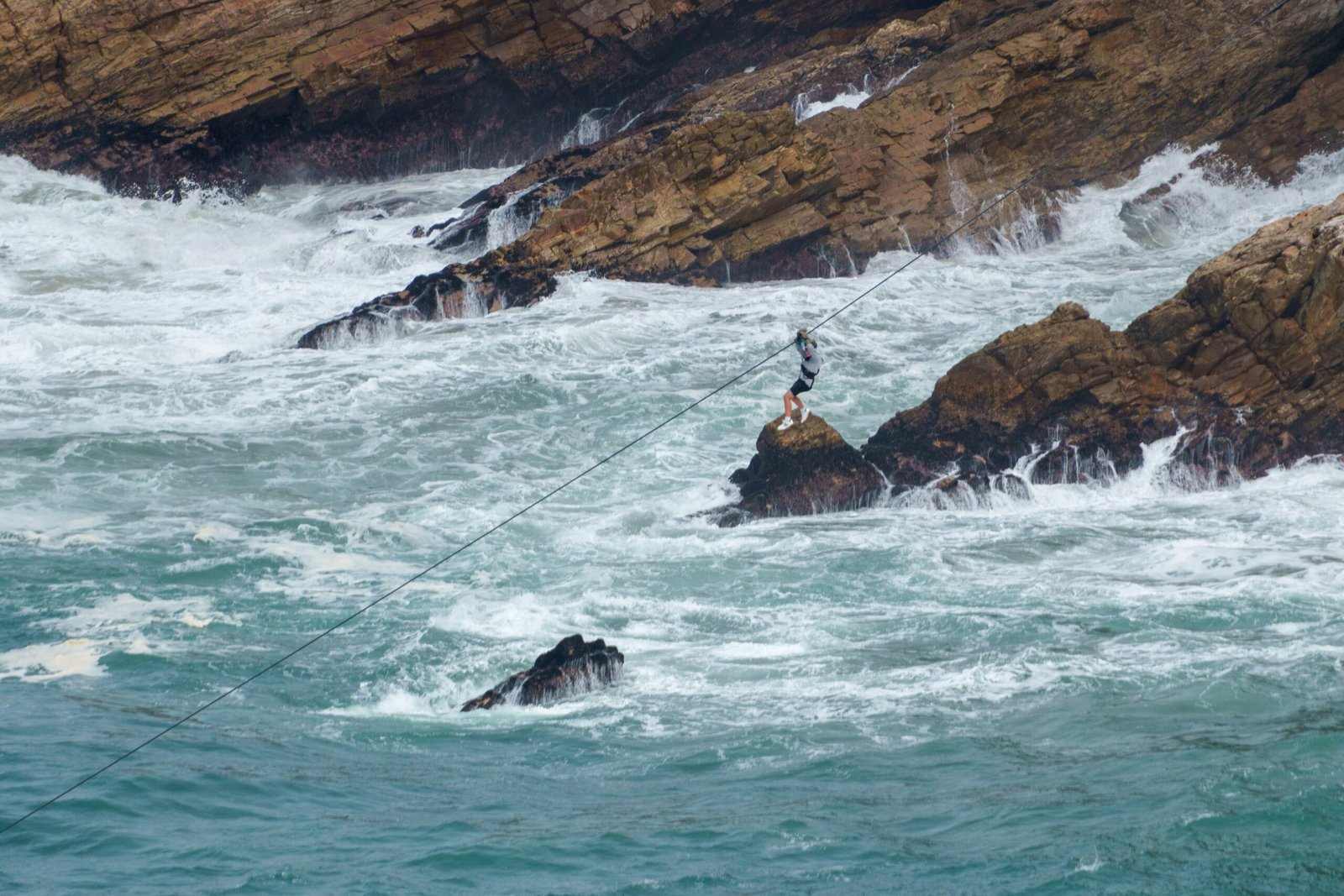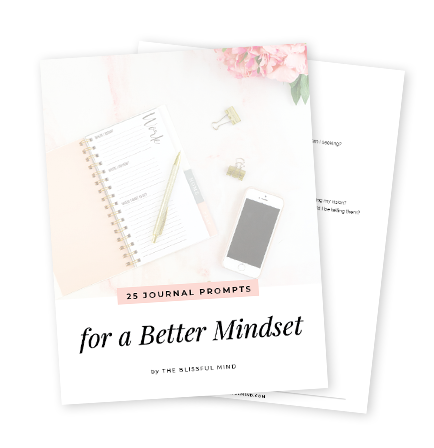The Complete Psychology Guide to Transforming Fear Into Your Greatest Strength
Fear: Types of Fear and How to Live a Fearless Life
The Complete Psychology Guide to Transforming Fear Into Your Greatest Strength
Otherwise considered “self-doubt,” the voice telling you “you’re not good enough,” that lump in your throat before a speech, and the hesitation encountering a new challenge comprise the primary hindrance to your goals. What if I told you that this same hindrance is the greatest untapped resource? Fear leaves its mark on everyone. The majority of people spend a lot of time either trying to escape it, combat it, or allow it to dictate their choices. The flip side of fear is success, courage, and strength, and fear often contains none of these, so we’ve made a stigma against it.
What if the assumptions you made about fear all along are incorrect?
What if fear is not something to get rid of but instead to adapt, pick up, and turn around? What if the people living the most extraordinary lives are not without fear but rather have mastered the art of turning around and continuing instead of being stuck because of it?
Today, you’ll uncover insights on fear we’ve gotten wrong for the most part: fear isn’t your enemy; it’s a superpower waiting to be tapped. You’ll understand the myriad forms of fear, delve into the psychology behind their existence, and, best of all, you’ll learn actionable techniques to live courageously in spite of fear.
Eager to change your perception of fear for the last time? Let’s begin.
The Scary Facts of the Fear Psychology
The Facts of Fear (and Why It’s Useful)
There’s one fact that can change your life: Fear is not an issue with your brain; it’s actually a positive feature. The brain never acquired the fear to punish or restrain you. Fear came along as an ancient survival mechanism, a tool crafted to protect you when genuine peril was real danger.
Looking back on evolution:
● Fear supported the survival of predators and natural disasters.
● It established life-saving responses within split seconds.
● It promoted carefulness in actually perilous conditions.
● It encouraged the creation of social groups by shared protective instincts.
The Problem Today: Your ancient brain is unable to differentiate a fierce lion and a job interview. Both of these scenarios set off the same stress hormone flooding system designed for stress.
The Fear Response: What Happens Physically
The fear response triggers a sequence of metabolic events: Your heart rate climbs to 180 beats per minute, breathing becomes shallow and rapid, muscle blood flow increases, stress hormones flood the body, and muscles tense, preparing for action.
Mental changes: Logical reasoning declines, attention centers exclusively on the perceived threat, distance to time changes, and the brain starts encoding memories at faster rate. The crucial understanding: Unlike the common assumption, the response isn’t broken—typically, it’s ideal for physical threats. The problem is figuring out how to manage the “fight or flight” response to a psychological threat instead of a physical one.
The 7 Types of Fear That Control Your Life
Knowing exactly what type of fear controls your life is the first step to a change:
1. Primal Fears (Survival-Based)
Examples: Fear of death, heights, enclosed spaces, snakes. Why they exist: Direct evolutionary programming for physical threats. How they show up: Avoiding elevators, panic in small spaces, refusing adventure sports
2. Social Fears (Connection-Based)
Examples: Fear of public speaking, rejection, embarrassment, judgment. Why they exist: Humans survived through tribal connection; rejection meant death. How they show up: Avoiding networking, staying quiet in meetings, and people-pleasing
3. Achievement Fears (Performance-Based)
Examples: Fear of failure, success, imposter syndrome, not being “good enough.” Why they exist: Poor performance could mean loss of resources or status. How they show up: Procrastination, playing small, avoiding challenges, and self-sabotage.
4. Self-Image Fears (Self-Concept Based)
Examples: Fear of losing one’s grip, fear of madness, fear of losing authentic love. Why they exist: Because a stable identity eased the navigation of social complexity. How they show up: Reluctance to change, continuing with stale relationships, self-censorship
5. Fears of What Lies Ahead (Uncertainty-Based)
Examples: Fear of unknown results, fear of making a mistake, financial worry. Why they exist: Because attempting to prepare helped forefathers avoid later danger. How they show up: Overthinking, pessimistic scenarios, steering clear of big choices
6. Fears of Losing Something (Attachment-Based)
Examples: Fear of losing family, losing job, losing youth and health, fear of missing out. Why they exist: Because defending important resources helped in survival. How they show up: Overly protective, jealousy, hoarding, worries about getting older
7. Fears of Existence (Meaning-Based)
Examples: Fear of lacking meaning, fear of being lost to history, fear of life wasted. Why they exist: Because of human consciousness and a sense of mortality. How they show up: Crises around middle age, ceaseless “finding” of purpose, risk aversion.
The Fear-Success Paradox: What Fear Indicates You’re On the Right Path
It’s kind of surprising, but the feeling of fear in oneself often indicates the person is heading the right way.
Examine the situation:
● You never fear those things that are of no consequence to you.
● Fear appears only in relation to something of significance.
● The most significant fears are usually a pointer to the largest aspirations.
● The nearer you get to a significant goal, the greater the fear tends to become.
● The reframe: Rather than pondering “In what way do I get rid of this fear?”, think “Which fear am I protecting that I value? In what way do I honour my dreams and IN FEAR?”
The Science-Backed COURAGE Method for Living Fearlessly
Research reveals five evidence-based strategies for transforming fear into courage:
C – Confront the Fear Story
What works: Clearly articulate your fear and dissect the narrative your brain is spinning for you.
The technique:
● Clearly write down your exact fear.
● Question yourself: “Does this anxiety stem from what’s happening now or what might occur later?
● Pinpoint the narrative: “I am worried that X will lead to Y.”
● Challenge it: “Is this narrative absolutely true? What proof do I have?”
O – Own Your Physical Response
What Works: Embrace and adapt to the physical manifestations of your body’s fear.
The technique:
● Observe without labeling: “My heart is racing.”
● Breathe deliberately: 4 counts in, 6 counts out
● Burn off the energy: Turn the activation into deliberate movement
● Reframe the feelings: “This is excitement” in place of “This is terror”
U – Understand Your Values
What works: Differentiate what you’re afraid you won’t gain.
The technique:
● Figure out what holds the greatest significance for you.
● Ask: “If fear guided my choices, what would happen to what I value?”
● Choose actions grounded in values—not fears.
● Keep in mind: Fear and courageous actions can co-exist.
R – Rewrite Your Relationship with Uncertainty
What works: Cultivate ease in the face of unpredictable results.
The technique:
● Practice small windows of uncertainty: Take alternate routes, try new eateries.
● Notice your mindset: “I can’t manage outcomes, but I can manage effort.”
● Gather evidence of resilience: Log instances of overcoming challenges.
● Embrace exploration: Shift your mindset from “risky” to “curious” adventure.
A – Act Despite the Fear
What works: Engage in activities that provoke anxiety (this IS courage).
The technique:
● Start ridiculously small: Record a 30-second video for yourself
● Set systems: “Write 15 minutes daily” vs. “Write a novel”
● Use 5-second rule: Count 5-4-3-2-1 and move instantly
● Celebrate courage: Acknowledge choosing growth over comfort
G – Gather Your Courage Community
What works: Develop social structures designed to normalize bravery and self-improvement.
The technique:
● Find courage models: Study people who faced similar fears
● Share your journey: Tell trusted friends about fears and goals
● Create accountability: Partner with someone working on courage
● Practice vulnerability: Let people see your authentic self
E – Embrace Your Courage Community
What works: Establish community groups that encourage and celebrate acts of bravery and personal development.
The technique:
● Look for bravery examples: Research individuals who conquered comparable challenges
● Confide in others: Communicate your fears and ambitions to a few trusted people
● Establish commitments: Team up with someone pursuing bravery
● Engage in vulnerability: Share your genuine self with others
Examples of Real-World Fear Changes
The Career Switcher: Leaving The Corporate Cage For Creative Flight
The old story: Suffering in corporate finance was the story Sarah, 32, had to tell for over eight years. Having a six-figure salary eased her worries, but not enough to mask the terror behind the thought of abandoning it. Her worries: “I might not succeed as an artist. What then? What’s the public opinion?”
The new story: Following the COURAGE method empowered Sarah to understand the narrative around her fear. One of her core values, creative expression, got unlocked, which enabled her to start painting for one hour every morning. Designed a social media following and eased her way into freelance designing.
After: In just two years, Sarah launched and now successfully runs her own design studio, earns more than what she used to make in her corporate job, and confesses, “I think my biggest fear wasn’t failing; it was living my life with the question ‘what if’.” Her story is just one example of what is possible to achieve when we prioritize passion and purpose.
The Social Anxiety Warrior: Moving From Isolation to Connection
Before: Marcus, age 28, lived with intense social anxiety and hadn’t dated in four years. The thought of being rejected made him believe he was “better off alone.”
The Transformation: Marcus escalated from small social goals—making eye contact with cashiers, saying genuine “thank you”, and asking for directions—to joining a hiking group, which focused more on activity than on socializing. He also began following the five-second rule to text potential dates.
After: Marcus now maintains a caring relationship and organizes hiking sessions for people with social anxiety, offering them guidance and support. His understanding: “The fear of rejection was really the fear of not being worthy of love, and the more I connected with people, the more I realized I wasn’t.”
The Fearless Life Toolkit: Daily Exercises to Foster Courage
Ritual for Morning Courage (5 minutes)
1. Identify a small fear beneath today’s agenda.
2. Relate it to your principles: “I’m attempting this because I cherish growth.”
3. Establish an intention: “Today, I’ll embrace courage in lieu of ease.”
Reviewing Evening Courage (5 minutes)
1. Honor your brave actions—including the small, almost invisible victories.
2. Acknowledge how your understanding of what you can do has shifted.
3. Outline a courageous step to take the next day.
Weekly Fear Challenge
Each week, select one fear to address with one small step:
Week 1: Social fear → Give a stranger a compliment
Week 2: Creative fear → Show something you created
Week 3: Professional fear → Pitch an idea at your job
Week 4: Adventure fear → Attempt a new physical exercise
The Neuroscience of Fear Transformation
What happens when you practice courage consistently:
|30 days later: Enhanced emotional regulation, improved decision-making under stress, greater confidence in ambiguity.
After 90 days: Noticeable gears turn within the brain: the prefrontal cortex, the brain’s decision-making nerve center, flexes its muscles, while the amygdala, the “fight or flight” alarm, quiets down. With practice, the brain boasts fresh circuits that pivot toward brave responses.
After 6 months: the changes resonate on a deeper level: our core inclines more toward openness, yells a little louder with life satisfaction, and smoothens our relationships and how we talk to others.
Such transitions embody an essential lesson: Courage begets courage through the physical reshaping of one’s neurology, not just a shift in outward actions.
Common Fear-Fighting Mistakes That Keep You Stuck
Mistake 1: Attempting to Completely Get Rid of Fear
Better approach: Learn to do the right thing in spite of fear (Sometimes also called ‘panic!’)
Mistake 2: Trying to ‘Think Positive’ Over Fear
Better approach: Face the fear fully, then ‘move toward’ a value that matters to you.
Mistake 3: Taking Massive Action Without Building Tolerance
Better approach: Avoid massive action; build courage with small, consistent wins
Mistake 4: Going It Alone
Better approach: Engage with a supportive network that promotes challenge and growth.
Living Fearlessly: The Ultimate Freedom
Living fearlessly doesn’t imply the absence of fear. It implies that fear no longer governs your decisions. It implies that you can be afraid and thrilled at the same time. It implies self-assurance in your ability to manage anything that comes your way.
When you live without fear, you:
– Make choices driven by principles rather than anxieties
– Embrace important risks since evolution is more significant than comfort
– Build stronger bonds since openness is a powerful asset
– Chase goals that ignite passion rather than “safe” objectives
– Engage fully with life instead of being a passive spectator
The paradox is that the willingness to feel fear amplifies how fearless you are. The acceptance of fear as a human experience diminishes the control it has over anyone.
Fear teaches you what matters most and shows you your greatest growth opportunities. The time is now to let courage be the guide as you step into the life you were meant to live.
With your next small, brave action, you embark on the journey from fearful to fearless. What will that action be? Do it now. Your amazing life is on the other side of fear.
Summary
Fear is not your enemy; it’s an ancient ally that has lost its way in the modern world.
When you learn to manage it, fear becomes your greatest teacher.
By calming the body, observing your emotions, and acting despite discomfort, you transform fear into a tool for growth and clarity.
The truth is: You can’t erase fear, but you can rise above it.
Every time you do, you reclaim a little more freedom.
Ready to transform fear into your superpower? Discover more psychology insights and practical strategies for fearless living at https://yourthinkingmind.com/ where understanding your mind becomes the foundation for an extraordinary life.










